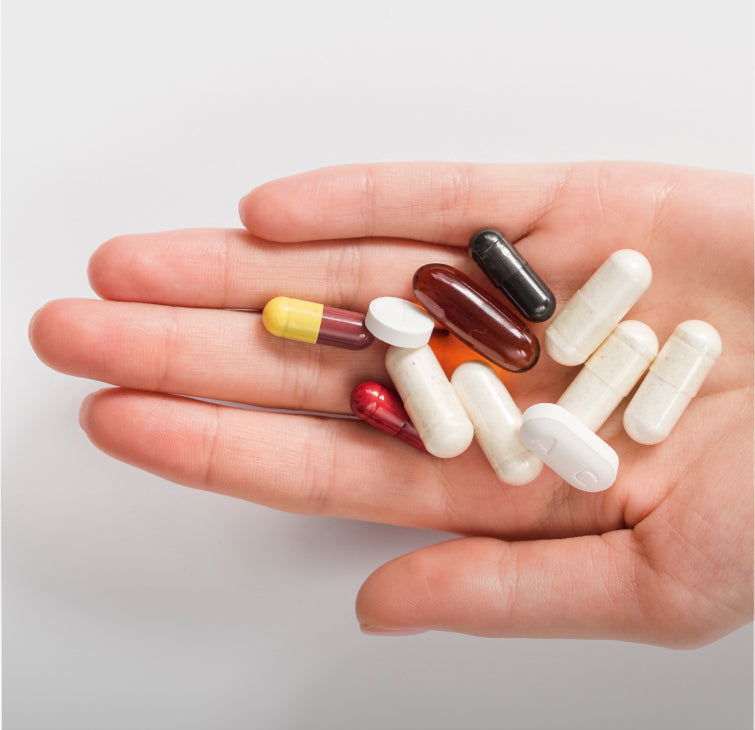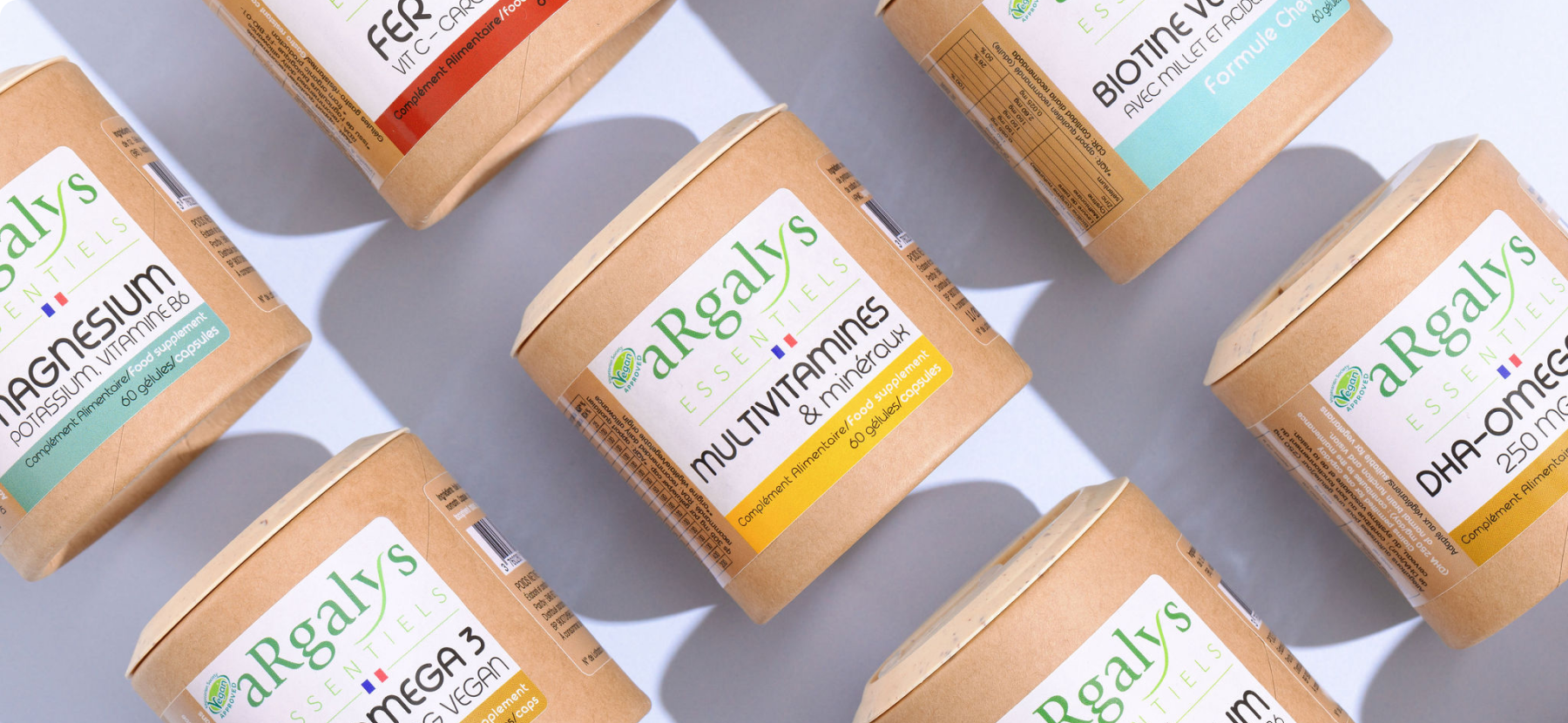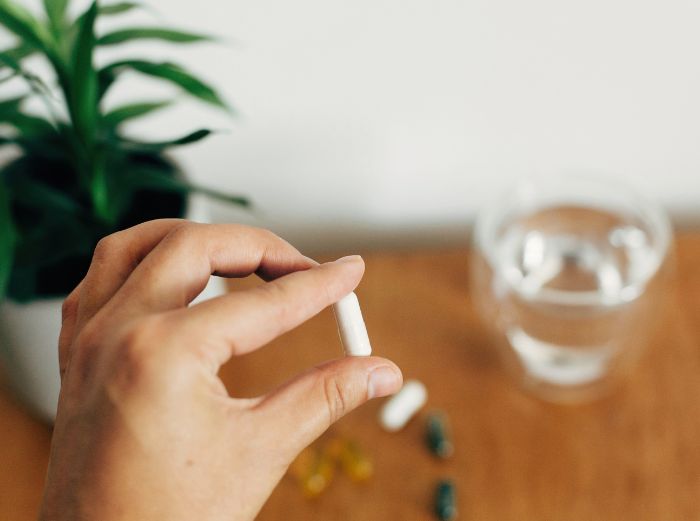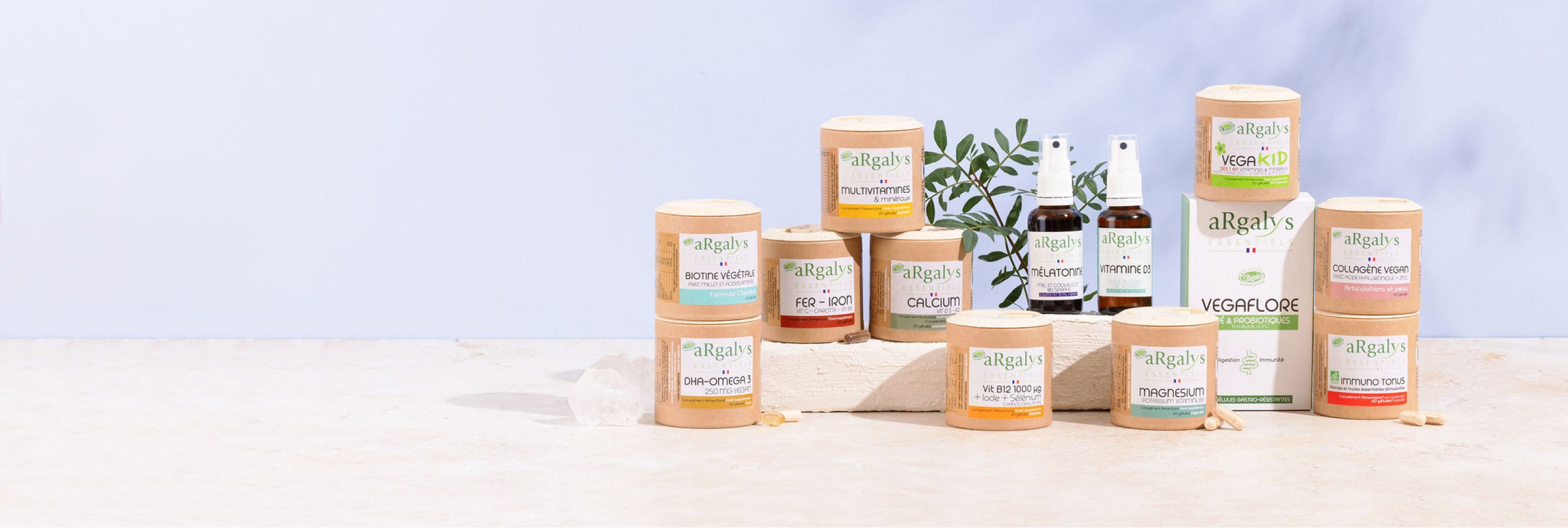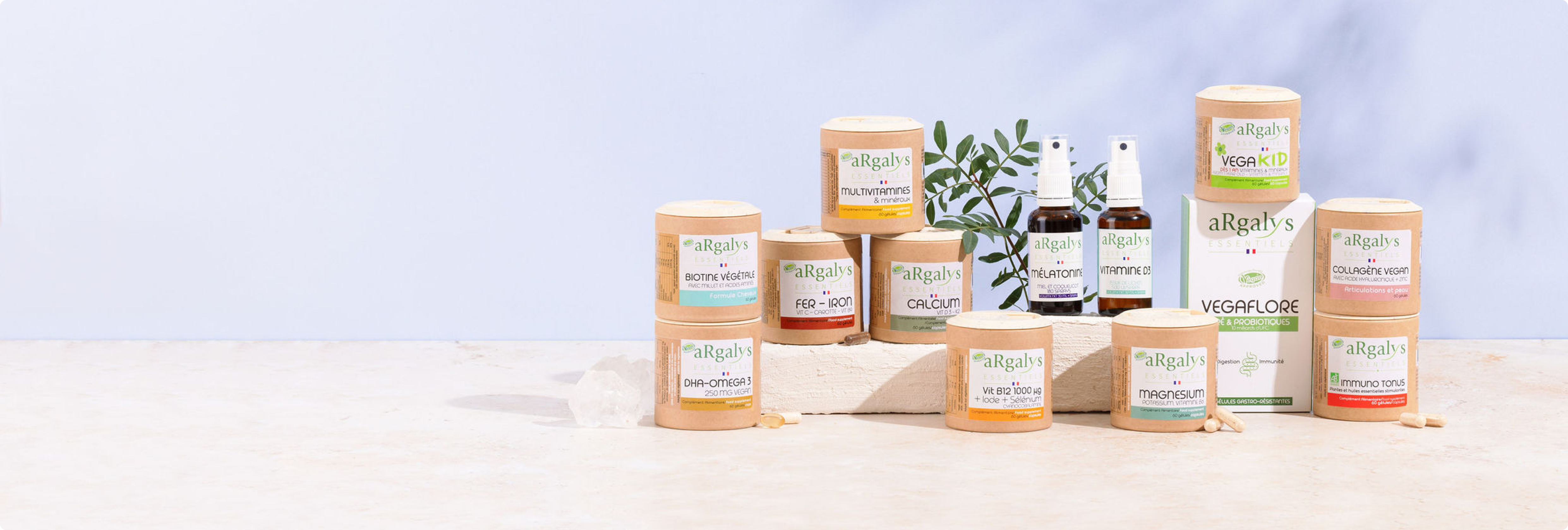The pregnancy period is an important time when the nutritional needs of the mother and the fetus require special attention.
Among the essential elements to consider, omega 3 and more specifically DHA, play a fundamental role in the development of the unborn baby.
In this article, we will explore in detail the importance of these fatty acids for your health and that of your child, as well as recommendations to ensure adequate intake during this important time.
Lipids, Omega 3, essential fatty acids
Omega 3s are lipids that fall into the category of oils .
These are specific polyunsaturated fatty acids and key components of cell membranes. Their flexibility and fluidity are essential for the proper functioning of the body.
The eyes and neurons are particularly rich in omega 3, representing about two-thirds of brain mass, a large part of which is made up of DHA (docosahexaenoic acid) .
The main types of omega 3 are:
- Alpha-linolenic acid (ALA): Alpha-linolenic acid
- Eicosapentaenoic acid (EPA): Eicosapentaenoic acid
- Docosahexaenoic acid (DHA): Docosahexaenoic acid
The body can synthesize EPA and DHA from ALA, which is the most common Omega 3 in food sources.
However, this conversion process has a low efficiency, with about 10% of ALA converted to EPA and only about 1% of ALA converted to DHA.
For the mother and the future baby, it is therefore essential to ensure they have an intake of Omega 3 and more particularly DHA.
The benefits of Omega 3 and DHA for pregnant women and the unborn baby
Health authorities recognize that adequate intakes of EPA and DHA are beneficial for cardiovascular health, vision and the nervous system.
The role of Omega 3 DHA in fetal development
DHA represents approximately 40% of total brain mass .
It is therefore essential for the optimal development of the baby's brain, nervous system and eye development.
Along with vitamins B9 and B12, or calcium, DHA and Omega 3 are among the micronutrients essential for the healthy development of the fetus.
Omega 3s against postpartum depression
In new mothers, Omega 3 is one of the factors that can reduce the risk of postpartum depression. The "baby blues" is usually temporary and manifests itself as a brief bout of sadness, but there is also a more severe form called major clinical depression, more commonly known as postpartum depression (PPD ).
A study by the University of Montreal and the CHU Sainte-Justine Research Center, published in the Canadian Journal of Psychiatry [1], concluded that women with Omega 3 intakes lower than recommended during pregnancy were more likely to suffer from postpartum depression.
What are the Omega 3 and DHA needs during and after pregnancy?
Omega 3 requirements increase significantly during pregnancy due to their essential role in fetal development. These new needs of the expectant mother are invisible and imperceptible, but they have a lasting impact on the constitution of the unborn baby.
It is accepted by health authorities (EFSA, Anses) that intakes of 250 mg per day of EPA and DHA are satisfactory for adults.
The trend, based on scientific findings over the past decade, is even toward increasing recommendations, particularly for pregnant women. Intakes of up to 500 mg/day of EPA and DHA are safe and likely beneficial.
During breastfeeding, the need remains high because DHA is passed on to the baby through breast milk and contributes to its continued development.
Risks of Omega 3 Deficiency in Pregnant Women
It is more appropriate to speak of deficit rather than deficiency in the case of Omega 3 and DHA.
The main risk of this deficiency in the mother concerns the future baby with possible impacts on its neurological and visual development . In 2013, a study carried out on British schoolchildren [2] also demonstrated that regular consumption of omega 3, even after 3 years, had benefits on the child's well-being and on all of their learning.
For the mother, a lack of DHA can increase the risk of postpartum depression and can worsen inflammatory and cardiovascular problems, which can complicate pregnancy.
Sources of Omega 3 in food
It is necessary to distinguish the main sources of Omega 3 ALA in the diet from sources of EPA or DHA.
Food sources of ALA are:
- Vegetable oils (Rapeseed, Walnut, Flax, Chia).
- Soybeans and soybean oil
These oils are easily oxidized and although ALA can be converted to EPA and DHA, this process is relatively inefficient for DHA synthesis. Therefore, it is important to have direct sources of DHA .
Typical dietary sources of EPA and DHA are:
- Oily fish (Salmon, Mackerel, Sardine, Herring)
- Seafood
- Some algae are a good source of DHA but their consumption remains marginal.
In practice, 10 grams of oil rich in Omega 3 (rapeseed, walnut) provides approximately 2 grams of ALA. This allows the body to synthesize approximately 200 mg of EPA but only 20 mg of DHA . This shows the interest of specific DHA intakes for optimal coverage of physiological needs.
Choosing Omega 3 without heavy metals: necessary vigilance during pregnancy
Marine pollution concentrates unwanted heavy metals such as lead, cadmium, mercury and arsenic in fish flesh.
Even organic farmed salmon has significant levels, which has led health authorities to recommend limiting consumption of oily fish such as sardines, mackerel and salmon to twice a week.
Although fish oils rich in EPA and DHA are purified to lower their heavy metal content (to 0.05 mg/kg for lead and 0.10 mg/kg for the other 3), these levels remain problematic for regular consumption.
In fact, heavy metals are poorly eliminated and accumulate in organic tissues, even more so for the future baby.
Adopting a dietary strategy of Omega 3 and DHA intake without heavy metals is fundamental for the long-term health of the unborn baby.
New DHA-rich oils from algae grown in a protected environment provide a safe and healthy solution for mothers and their unborn babies.
Cover your Omega 3 needs with food supplements
To ensure you are getting enough, you can combine vegetable oil with taking a supplement rich in Omega 3 DHA .
By taking 2 tablespoons a day of a vegetable oil rich in ALA, your body can synthesize up to 250 mg of EPA. At the same time, taking a supplement will allow you to obtain a sufficient dose of DHA.
At Argalys, our formula concentrates 250 mg of DHA extracted from algae oil to guarantee sufficient daily intake with just one vegetable capsule per day.
The Shizochytrium sp algae used is cultivated in France in bioreactors. It is the only oil to be registered in Europe as a "novel food" authorized for babies and infants (Decision 2021/1326 of August 10, 2021). The heavy metal levels are below the detection limits.
It is a pure source of DHA , ideal for mothers and their unborn babies.
Conclusion: Omega 3 DHA intake without heavy metals is necessary during pregnancy
The latest scientific knowledge shows the importance of Omega 3 and DHA for the development of the fetus and the well-being of the mother.
For maximum safety, it is recommended to increase your Omega 3 intake, especially during pregnancy. To do this, choose a pure oil free of heavy metals, such as algae oil, which is rich in Omega 3 DHA.
On a daily basis, you can combine cooking oils rich in Omega 3 and DHA supplementation with a food supplement.
Bibliography:
- Emerging risk factors for postpartum depression: serotonin transporter genotype and omega-3 fatty acid status
- Low Blood Long Chain Omega-3 Fatty Acids in UK Children Are Associated with Poor Cognitive Performance and Behavior: A Cross-Sectional Analysis from the DOLAB Study
 04 74 03 98 80
04 74 03 98 80

